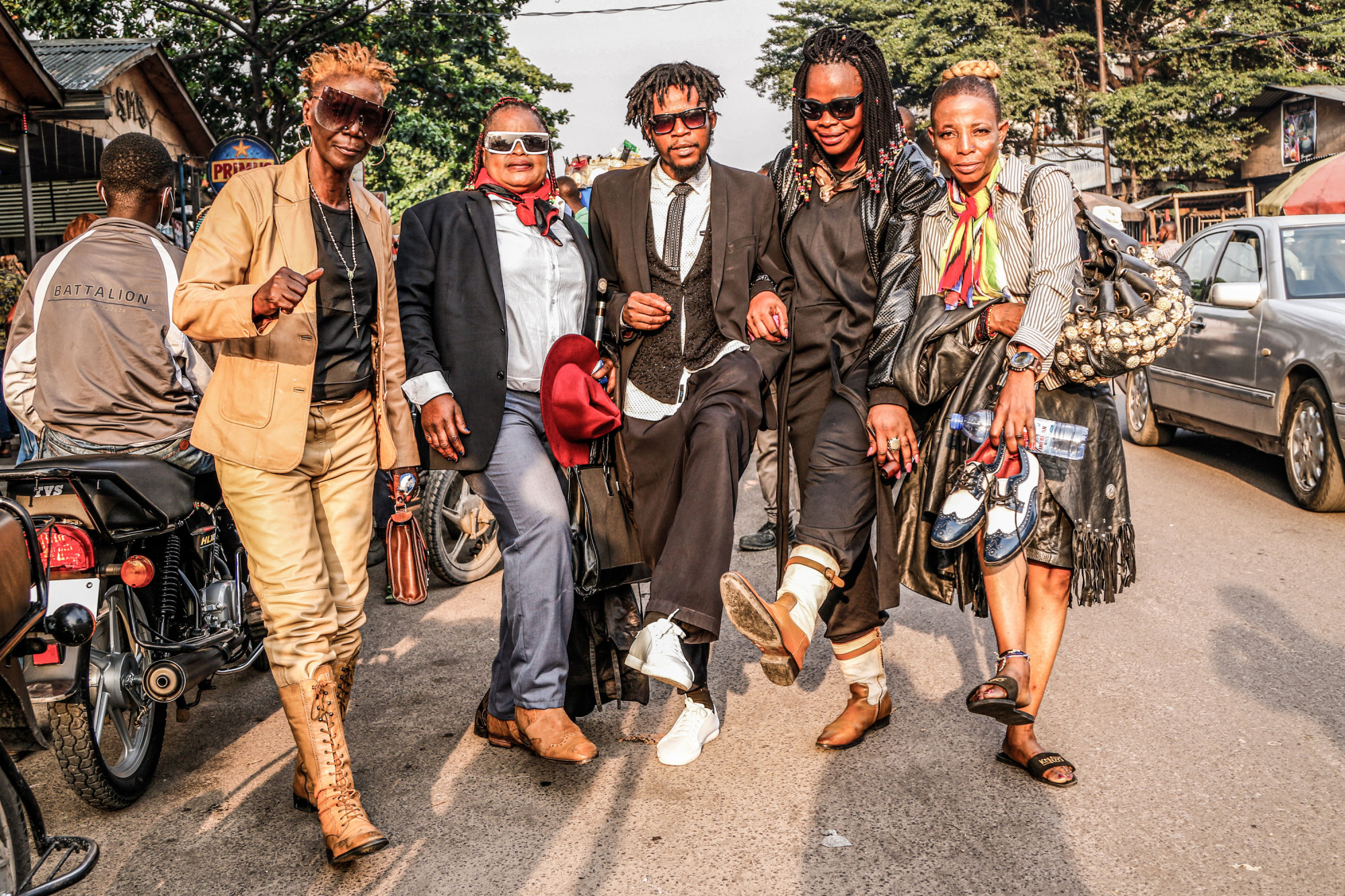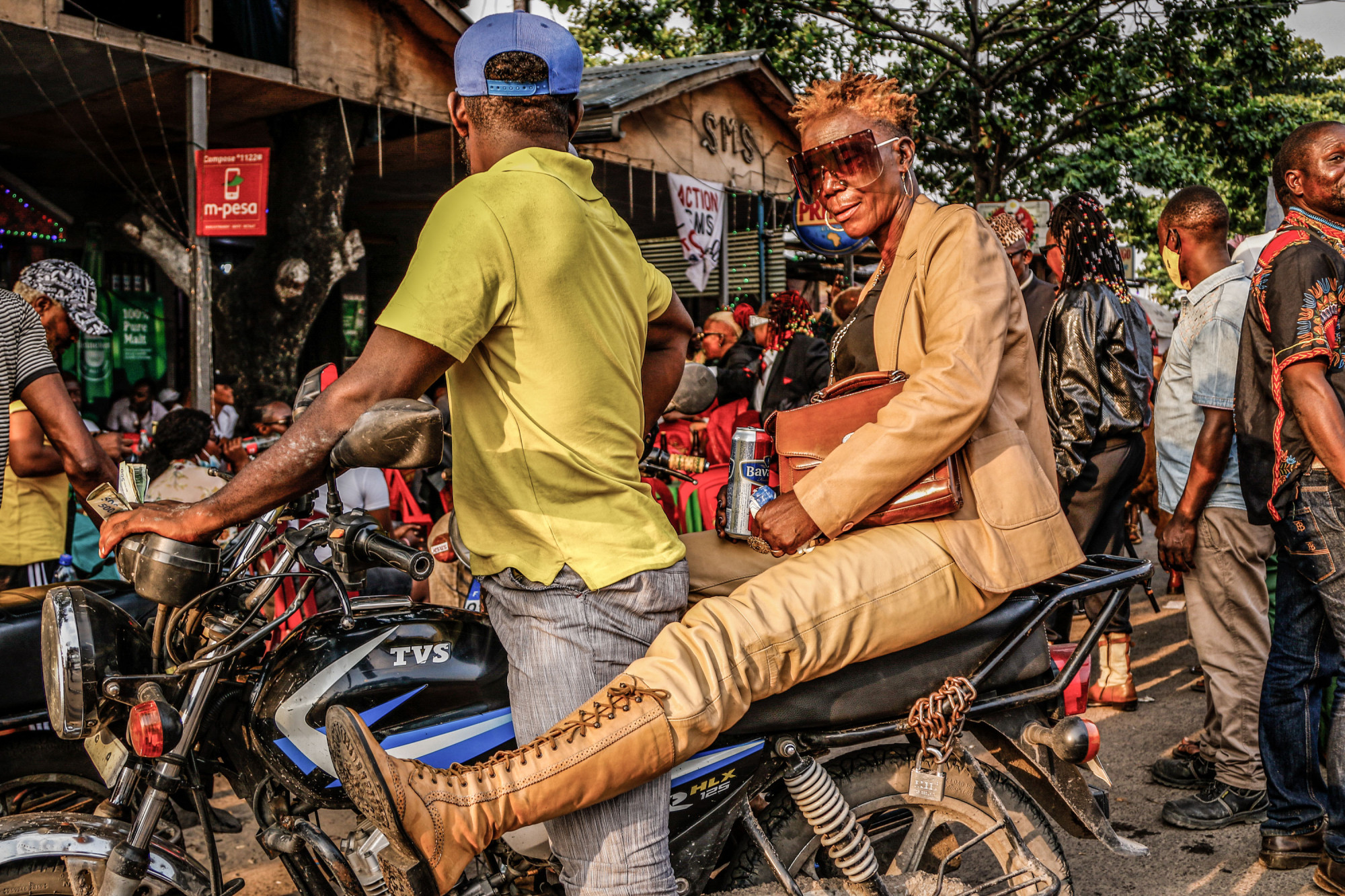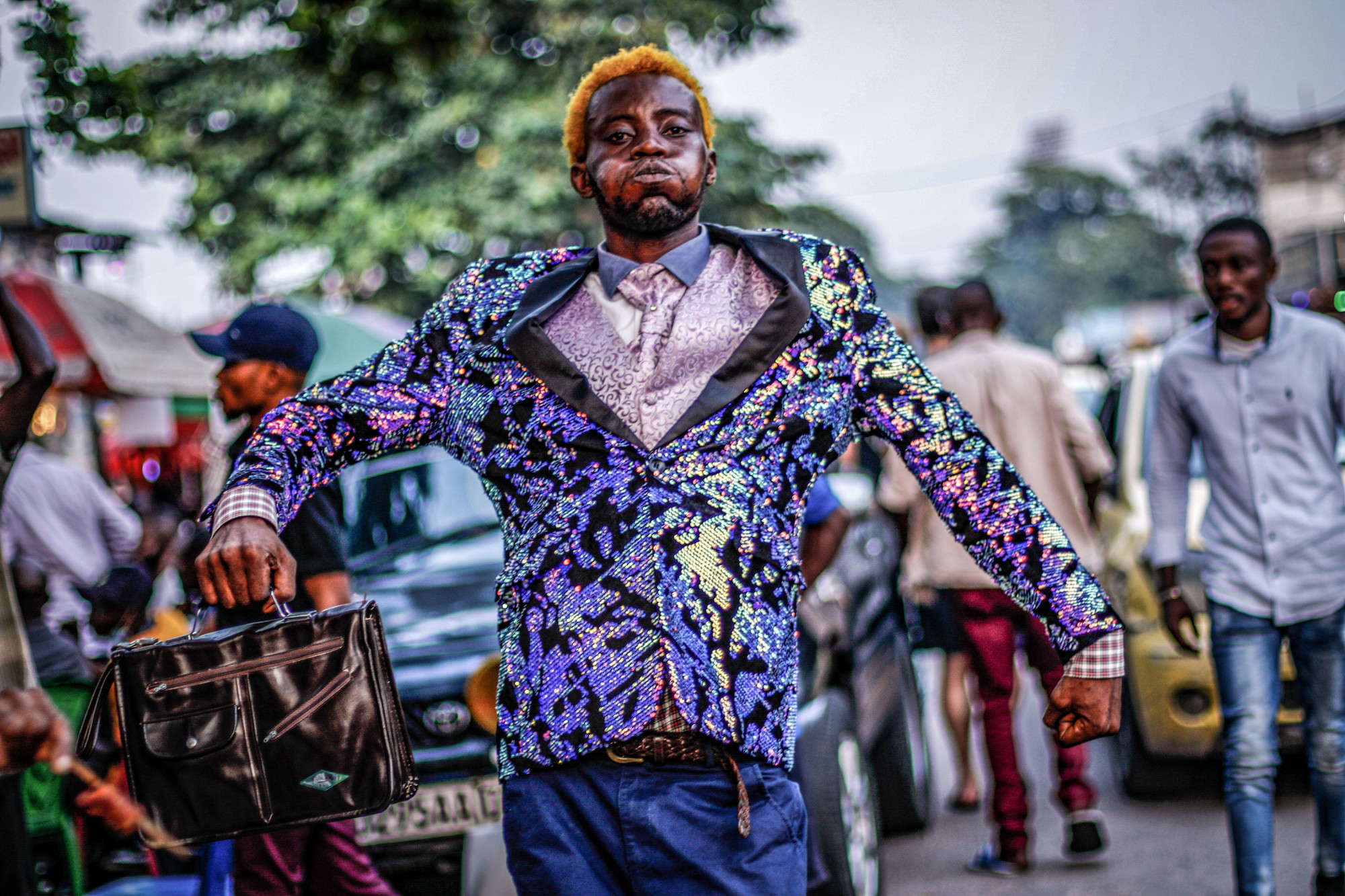

Sapeurs and their dapper outfits have featured in a slick ad campaign for Guinness and a book by the late Daniele Tamagni while their looks have been replicated on the runways of Paris in suits designed by Paul Smith.
Their distinctly Congolese garments and trademark gestures were even transposed—somewhat oddly—to South Africa for a music video by Beyoncé’s sister Solange Knowles.
But each year, on February 10, Sapeurs in Kinshasa return to their origins. On the official Day of the Sape, they gather in all their finery at a cemetery in city’s Gombe neighborhood to pay tribute at the grave of Stervos Niarcos, often considered the official founder of modern sapeurism. Also known as “the Pope,” Niarcos died in Paris in 1995.
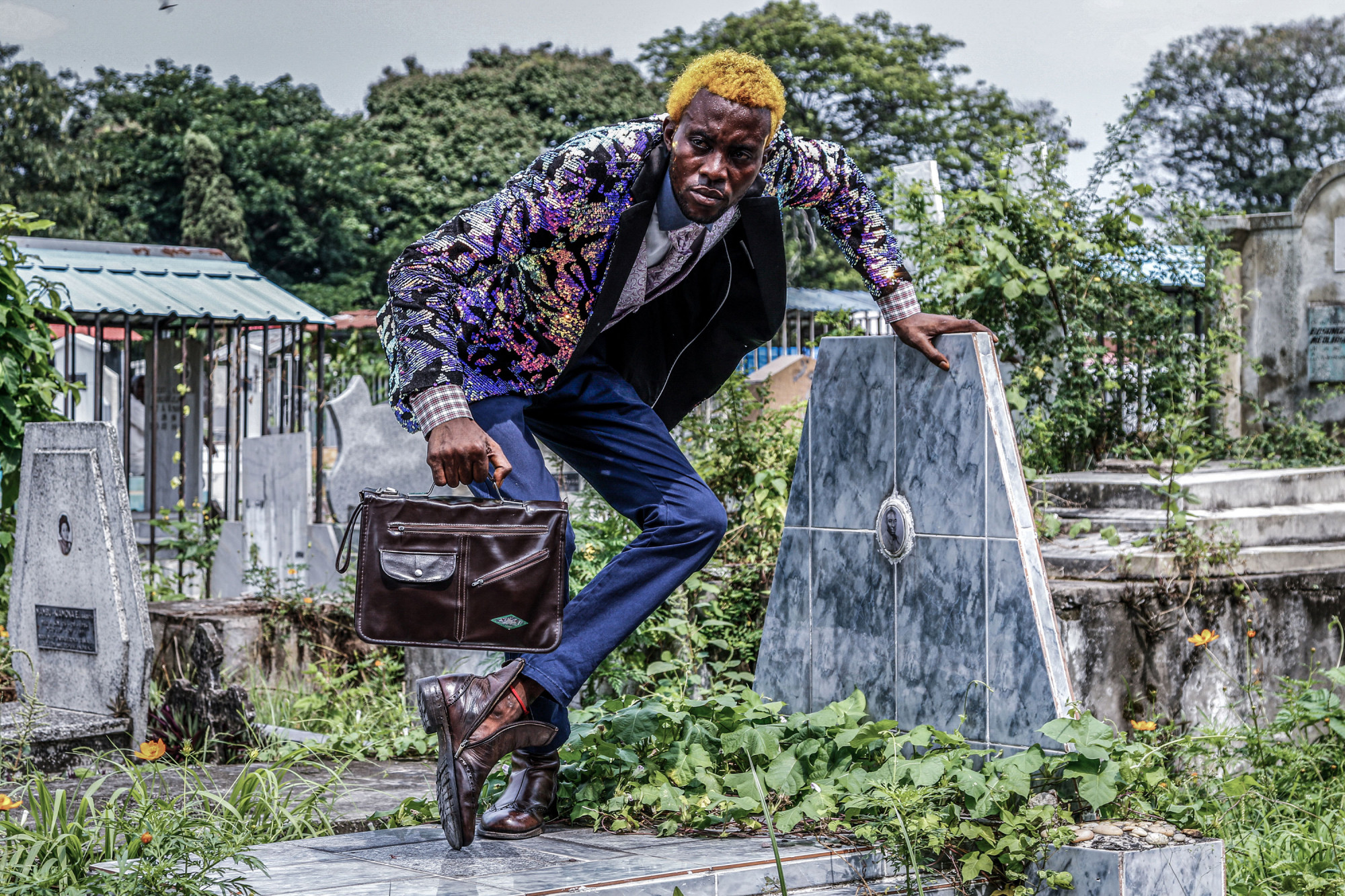
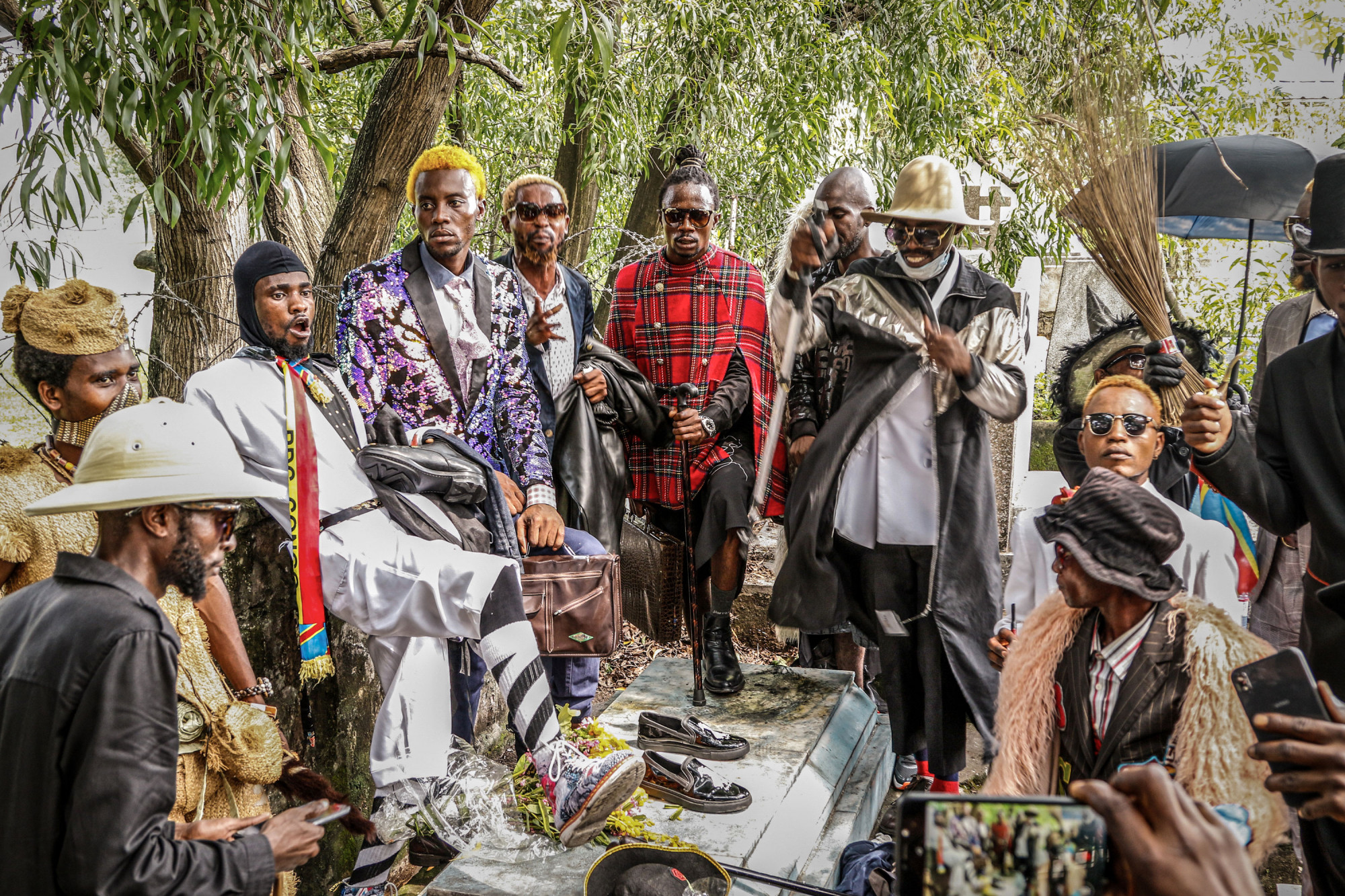
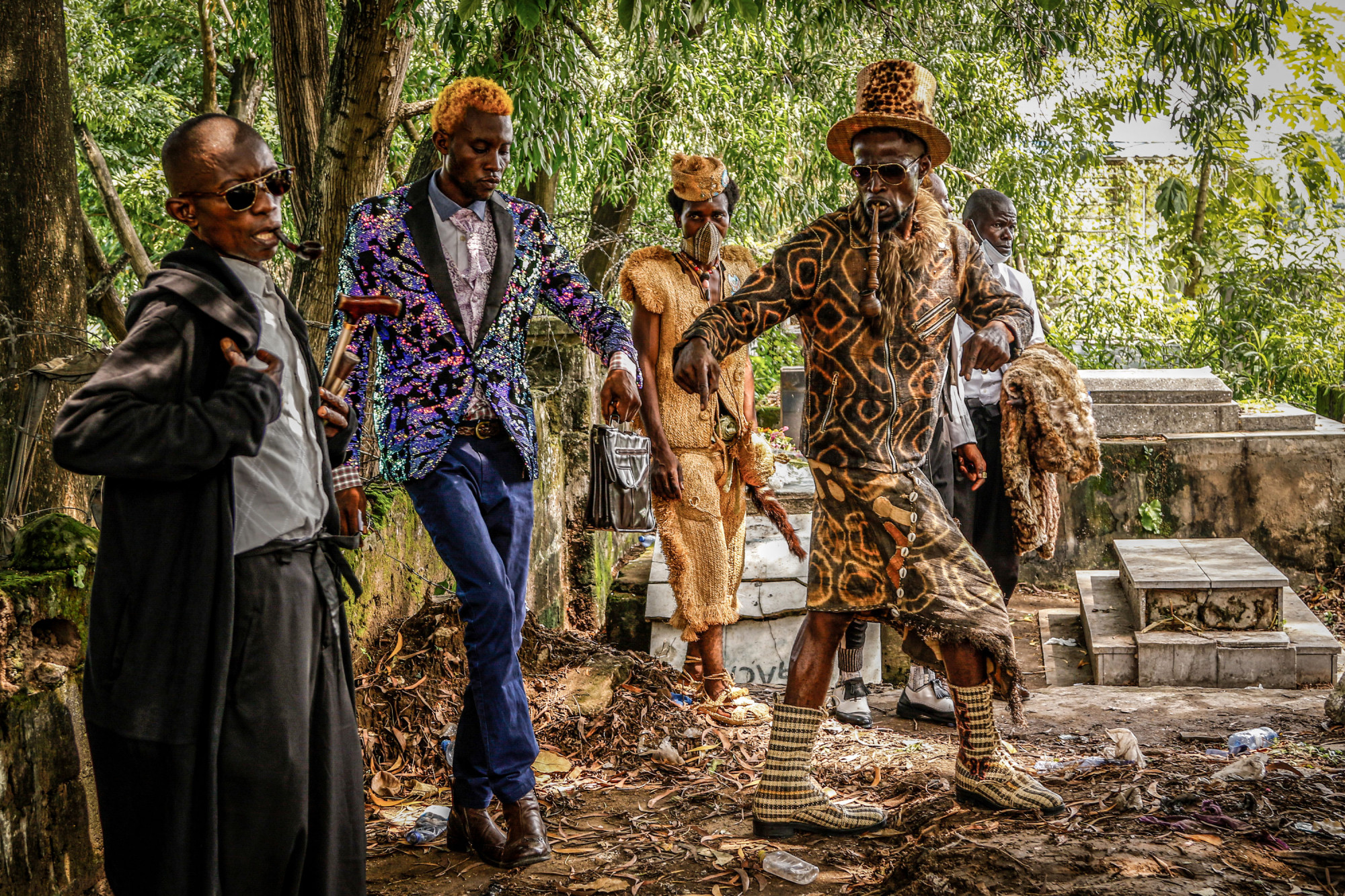
Last month, sapeurs congregated at Niarcos’ grave and posed for photographs before parading through the streets of the capital to the Matonge neighborhood, home to countless lively outdoor bars blasting music into the crowded streets.
“I respect the tradition of our Pope, who asked us to always celebrate his birthday by dressing properly,” said Gael Basaula, who was born in Brazzaville and who was wearing a colored sequin jacket and dyed yellow hair. “It’s been 26 years since we came to venerate our Pope, and this is the only way to mourn, always chic, well groomed, well dressed, and well scented.”

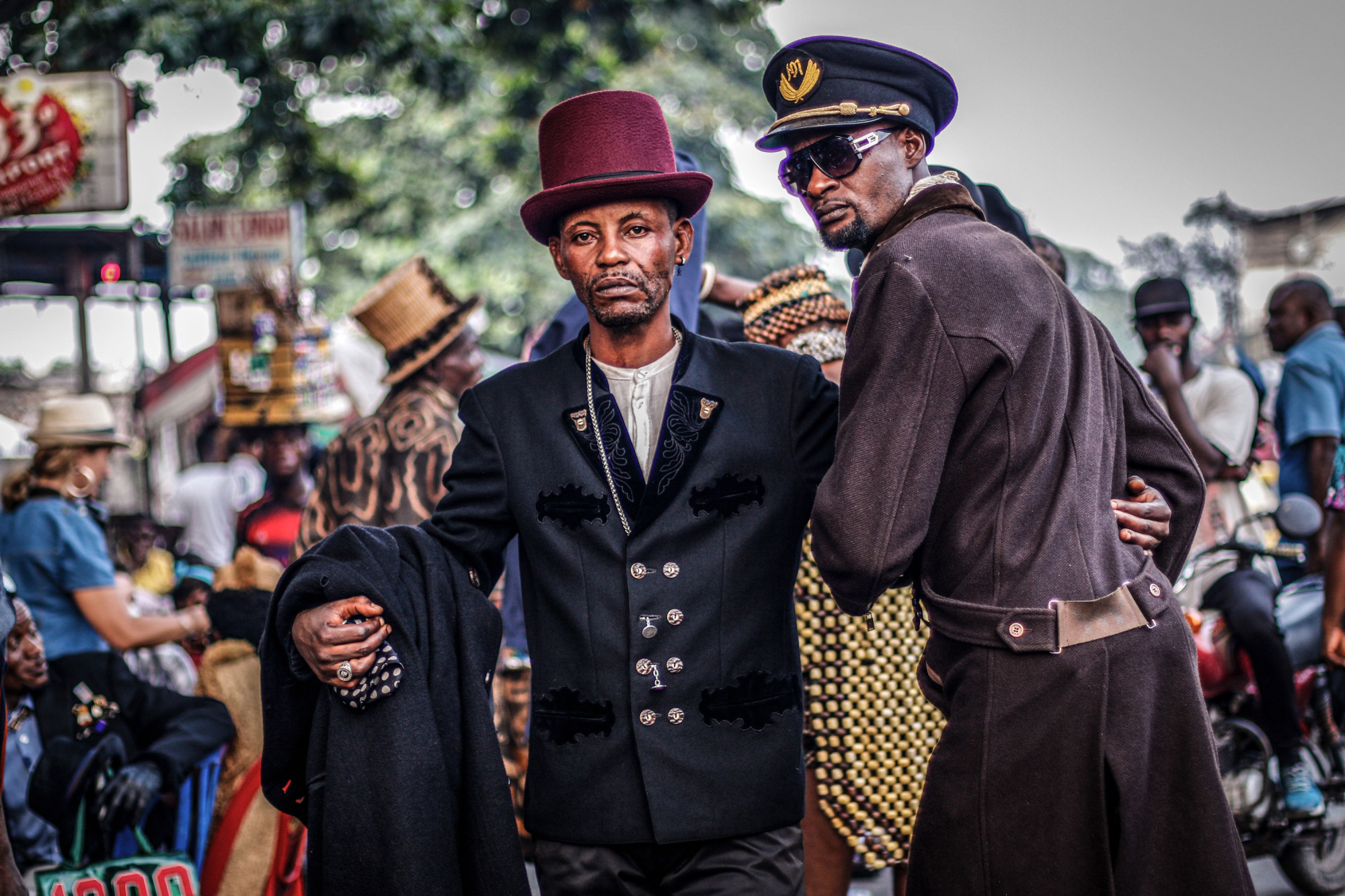
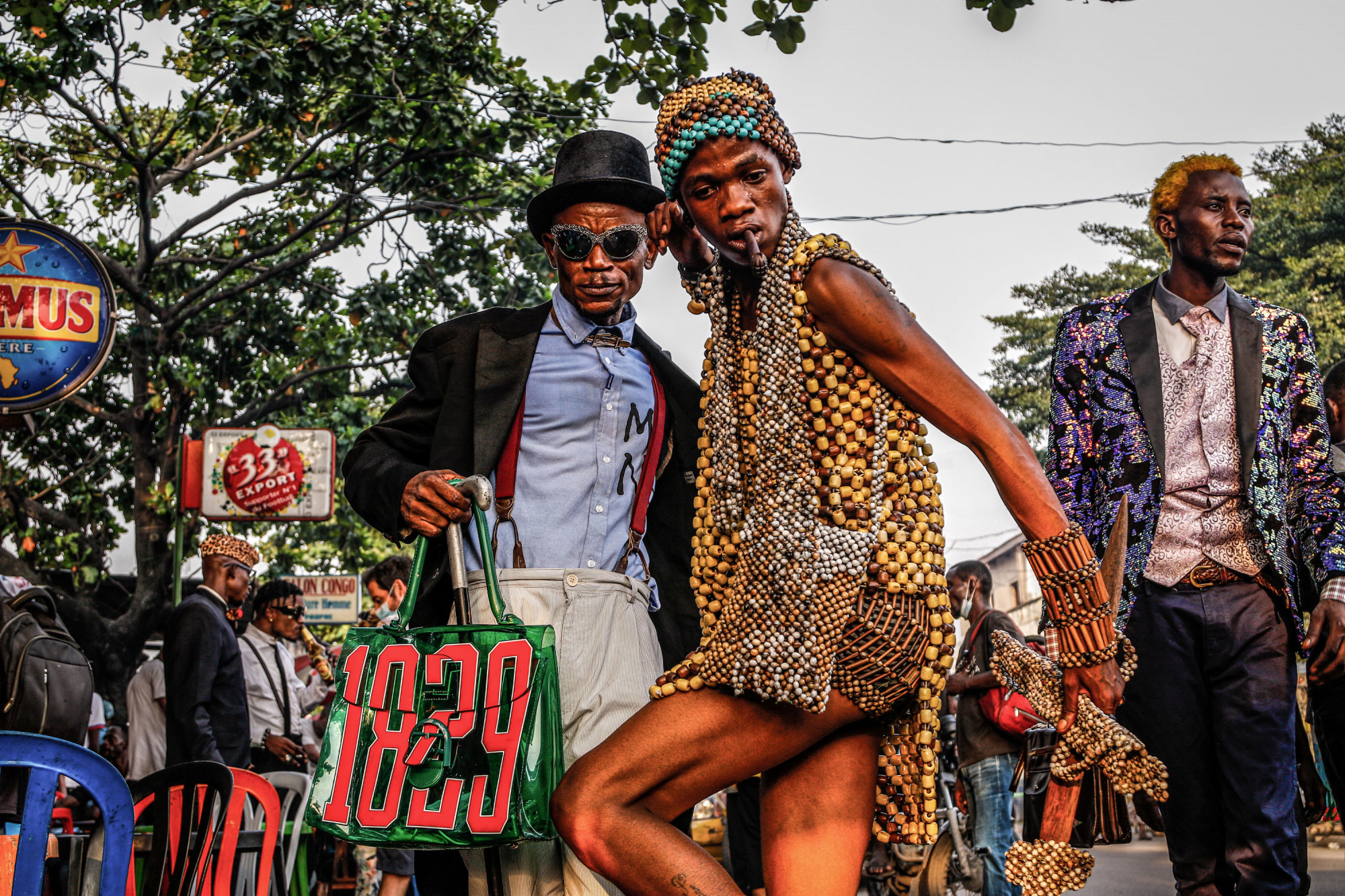
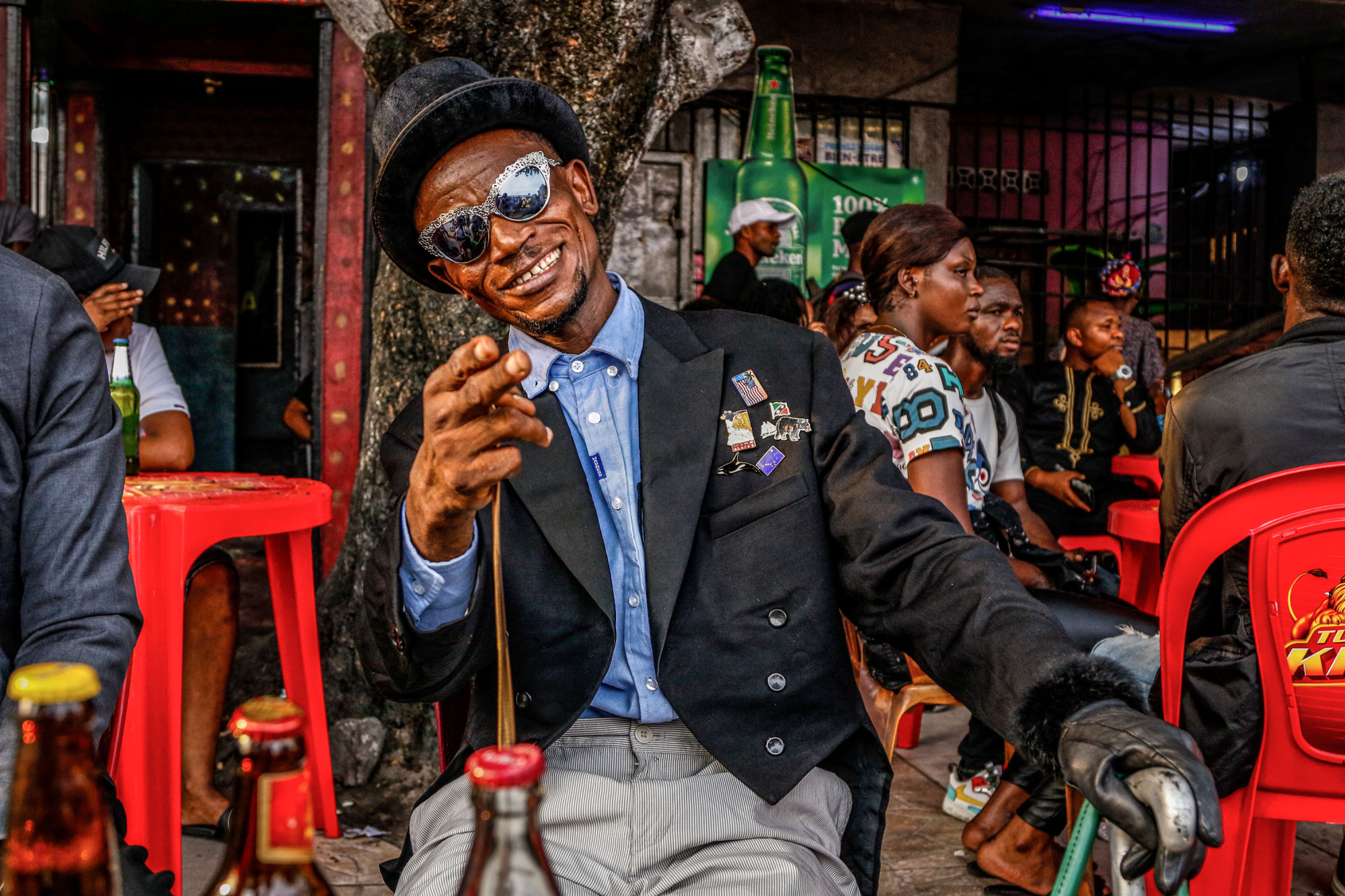
Another sapeur, Koko Lingwala, wore one of his 10 trademark outfits made from raffia palm with leopard skin details on a straw top hat. A growing number of women have joined the traditionally male-dominated sapeur movement, and were among the revellers last month, with one wearing a red leather jacket, another a tan leather suit, and all of them in dark sunglasses and designer shoes.
La SAPE, Société des ambianceurs et personnes élégantes (Society of Ambiance-Makers and Elegant People), first emerged under colonial rule and grew as Congolese soldiers returning from Europe after World War II brought home the latest Parisian fashions. Styles evolved over the decades, with music stars such as Papa Wemba bringing Congolese fashions to the global stage.
Sapeurs and their flare exist partly to entertain, but they also consider themselves symbols of emancipation from the legacy of colonial influence, creating their own self-image of the liberated Black man. With outfits usually accessorized with hats, shoes, socks, glasses, bags, pipes, ties, suspenders, canes, umbrellas, and more, sapeurs have during the pandemic added masks as the latest piece of their fashion puzzle, reminding us that even though they remain rooted in tradition, sapeurism is also about the evolution of personal style.
